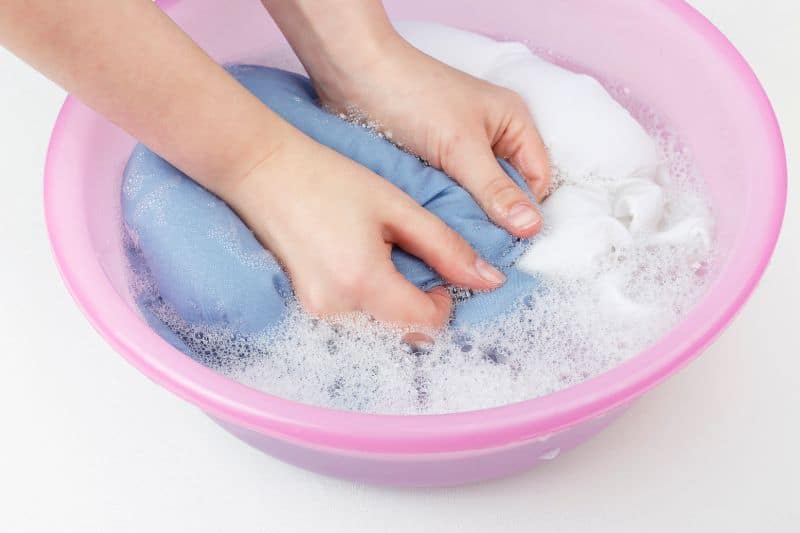Domestic water consumption makes up 8% of total global water use, according to UN-Water 2010. This signifies that our households alone contribute roughly 8% to the overall global water consumption.
As much as it has been advocated for people to cut back on water use to minimize wastage, collecting and reusing wastewater is even more rewarding, as it ultimately saves water even more.
Wastewater recycling is one of the most sensible and winning options for promoting water sufficiency. It can range from simple home methods to sophisticated industrial wastewater filtration systems.
Reusing different types of wastewater is a way to optimize water use at home. Here are 18 Smart and Easy Ways to Reuse Wastewater in 2020.
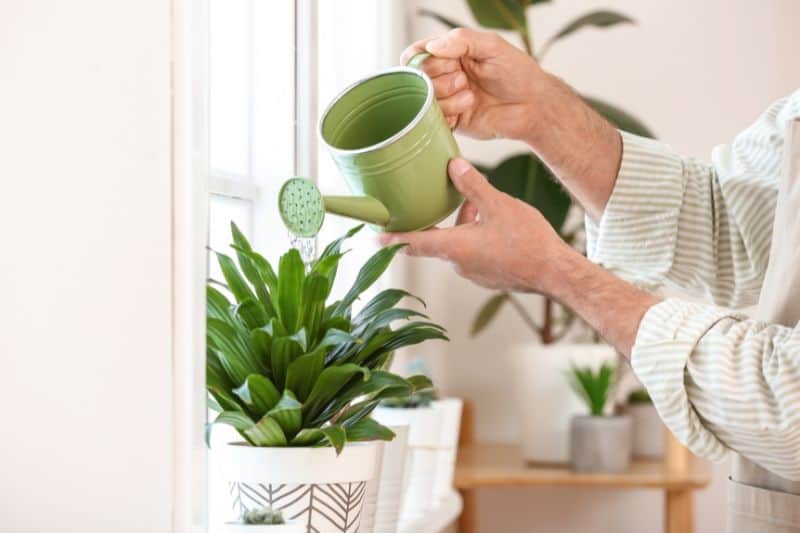
1. Agricultural Wastewater Reuse
Wastewater can be used for agricultural purposes like watering landscaped gardens and lawns. It can equally come in handy when irrigating vegetable and fruit nurseries or flower and fence bushes.
But then, irrigation must still be done according to the WHO (1989) guidelines for the safe use of wastewater in agriculture by monitoring the water contaminant levels of wastewater. Otherwise, humans and animals may consume contaminants from the crops, which is not good for health.
Also, through the monitoring program, it becomes easy to prevent excessive soil-nutrient runoff and salinity from irrigation by using salty water, which inhibits plant growth.
Subsurface irrigation systems are designed to spread water evenly around the garden and, as such, are recommended for irrigating with untreated water.
2. Redirecting Drain Water (Grey Wastewater Systems)
Greywater refers to wastewater from non-toilet plumbing fixtures such as showers, basins, and taps from domestic household use. It is slightly used and not in contact with feces, but it can sometimes contain some elements of household cleaning products, grease, hair, food, or dirt.
The reuse method involves diverting wastewater from the drainage sinks and washing machines and directing it into a greywater collection system.
Showers and sinks only require a simpler greywater collection system than washing machines. With the system’s installation, the greywater can be used outdoors to clean the veranda and the driveway, water grass, or even wash the car and doormats.
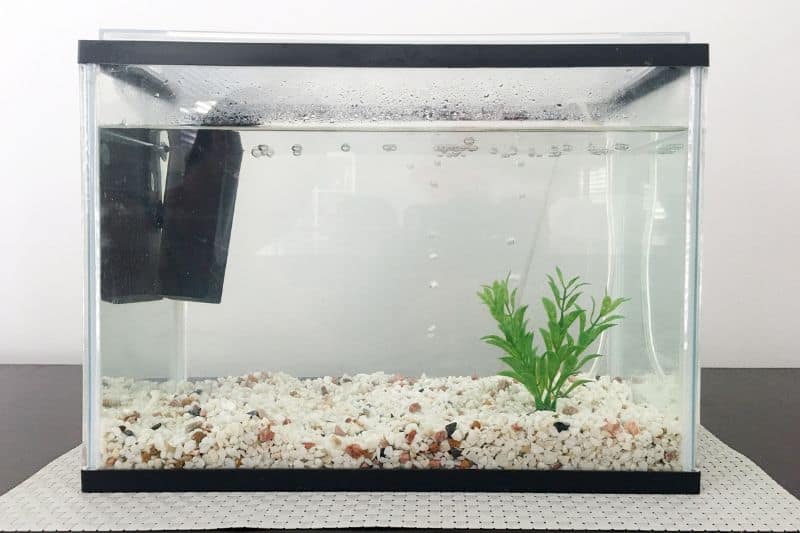
3. Recycling Dirty Aquarium Water
The water in the fish tanks must be routinely changed to eliminate excess toxic materials and waste dissolved in water that could harm the fish if left to accumulate.
When refilling aquarium water, instead of disposing of dirty water, one can use it for agricultural reuse, like watering potted plants, vegetable nurseries, or lawn gardens.
As a matter of fact, water is very good for plants because it contains materials such as nitrogen, phosphorous, potassium, ammonium, and other microorganisms found in soil sediments. These compounds act as a natural fertilizer.
In doing so, however, it is advisable not to water plants with used water from saltwater aquariums as it can harm the plants due to high salt content.
4. Collect Shower Water
The collection of shower water is the easiest and simplest way. Water from the shower can be reused after a bath by plugging the drain and letting the bath fill it up. It can then be manually collected from the bathtub using a bucket.
Alternatively, one can stand in a basin or bucket when taking a shower to collect the water.
The collected water can then be reused for watering outdoor flowers and lawns, depending on the nature of the detergents used. It can also be good for washing concrete driveways or other surfaces that don’t react to harsh detergents.
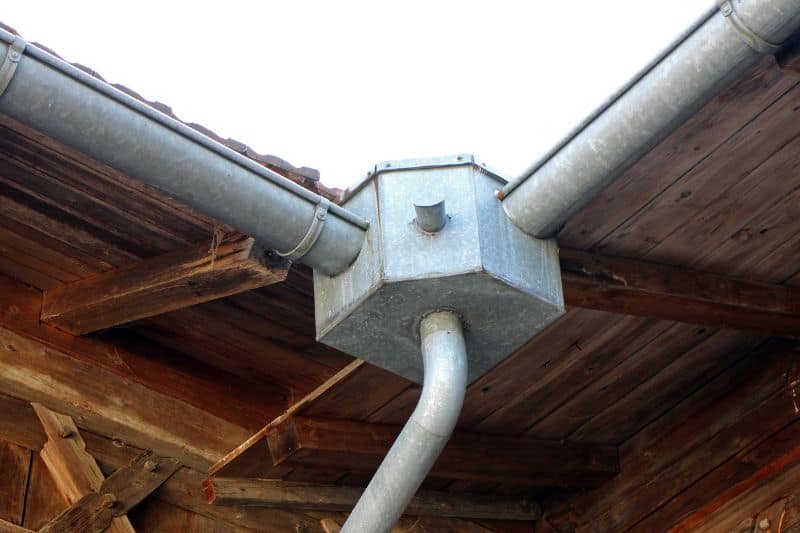
5. Trap Rainwater
Collecting rainwater is equally part of water reuse that many people do not recognize. Installing gutters for diverting rainwater to where it can be stored does the work.
After collection, the water can be used in the garden to water plants, car-washing, for laundry, and for many other purposes, as rainwater is considered clean and safe compared to other types of used water, such as greywater.
6. The Use of Coarse Filtration
Coarse filtration of used water can be done to improve its reuse purposes. It entails the removal of large particles in the used water, such as grease, hair, plastic dirt, and food, just to mention a few.
With coarse filtration, the greywater from the house is collected and then directed into the filtration system. There, the coarse particles are eliminated. Once removed, the outflow can be connected to an irrigation system for watering plants and other purposes such as washing the car and outdoor cleaning.
7. Fine Filtration of Water for Reuse
Just like coarse filtration, fine filtration can also be used to make wastewater more useful. The difference is that whole coarse filtration targets large particles in the water; fine filtration is mainly used to remove microbes from water.
If properly filtered, the water is fit for human consumption and cooking. There is a basic structure recommended for a fine filtration system, and once it is set up, the greywater can be filtered and then directed to a collection point where it can be used for various purposes.
8. Reuse of Water from Laundry
Wastewater from laundry can be repurposed for outdoor use. By disconnecting the washing machine’s discharge hose from the house drain and connecting it to a longer hose that reaches the yard, you can easily collect and utilize this wastewater each time you do laundry.
During laundry, the pipe can be moved to different points in the yard to avoid erosion and ensure the lawns are watered evenly. The laundry water can also be used for cleaning the pavements and the driveway.
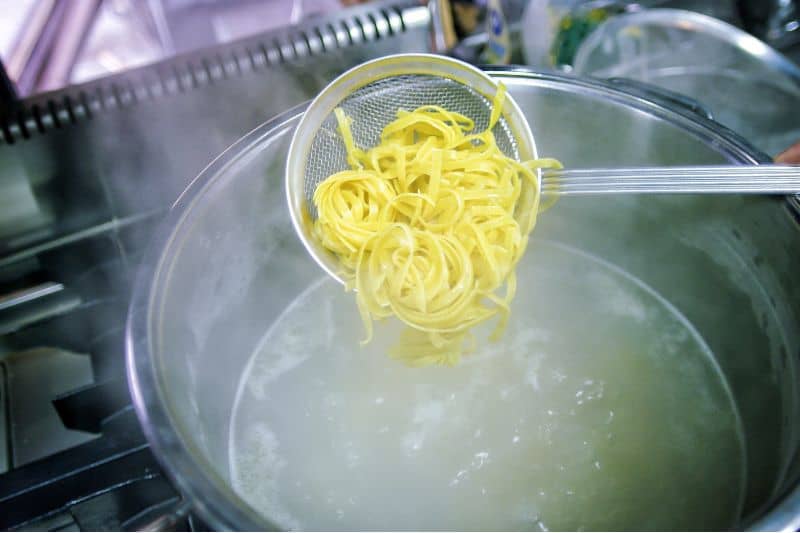
9. Save Pasta or Vegetable Water
Love cooking pasta? If yes, did you know there’s more you can do with pasta water than just sending it down the drain?
That’s correct.
In fact, the water you get after boiling pasta or vegetables is nutrient-rich, making it ideal for watering plants. Just collect the vegetable and pasta water in pots and leave it to cool down. Once the temperature drops, it’s now ready for watering your garden plants.
10. Catch Warm-Up Shower Water
This is water that runs from the shower as you wait for it to get to the perfect temperature before showering. The amount depends on the type of showerhead, with some heating up faster than others.
Instead of letting the water be wasted down the drain, capture it by placing a basin or large bowl under the faucet when the shower is turned on. Then, you can simply move it out of the way when the water gets to the preferred temperature for bathing.
This water can be used directly around the household because it is very clean, or it can be used outdoors to water garden plants.
11. Reuse Unwanted Ice
Instead of dumping ice from overstayed ice trays from the freezers or ice coolers in the drain, spread it on the garden grass or around plants and let the ice melt into liquid.
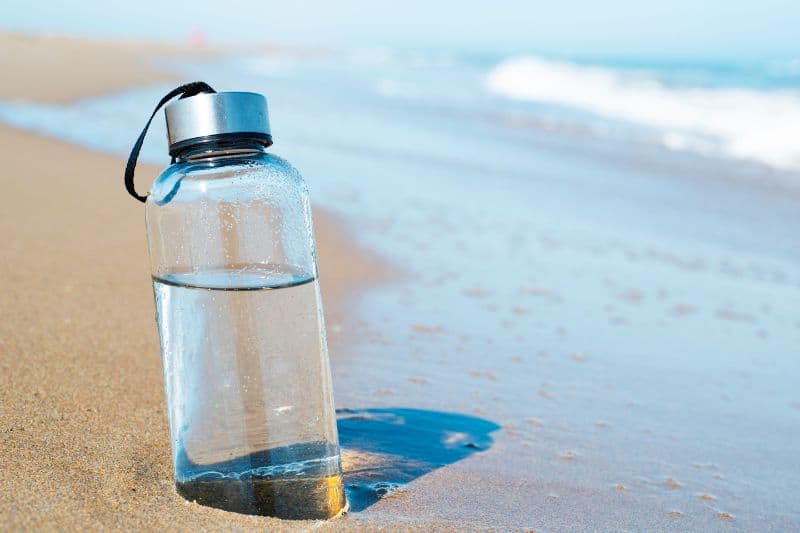
12. Reuse Unused Drinking Water
Drinking water stored for a long time has a stale taste, is murky, and has a great probability of being contaminated by bacteria. Instead of disposing of it by pouring it out, you can use it for washing utensils and other household chores. Of course, you can also use it for potted plants.
13. Employ the Use of Rain Barrels
In most cases, rain from the roofs of our houses is just left to run off into the sewer systems. To save this water from going to waste, rain barrels can be used to collect it by placing them under the gutter’s downspout. The water can then be used for various purposes, such as laundry, watering plants, and general cleaning in the house.
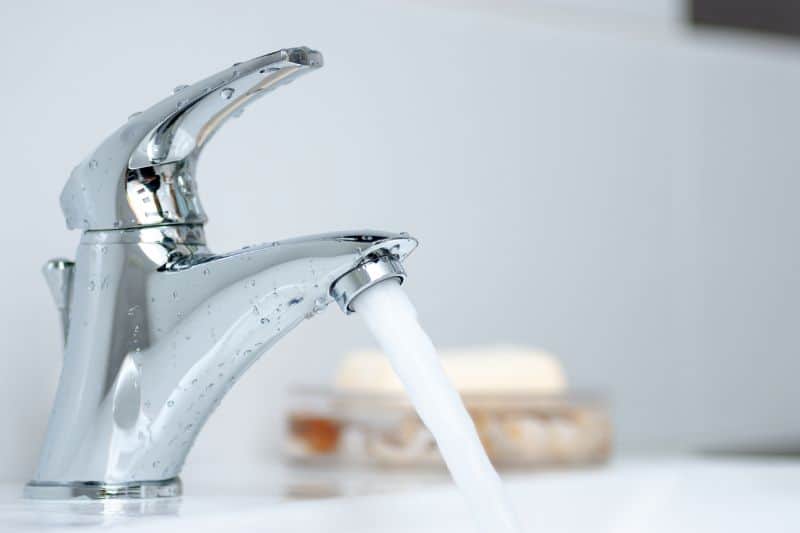
14. Install Sink-To-Toilet System
A sink-to-toilet system has an adjustable sink toilet top attached to the toilet’s refill cycle. The system works by filtering sink drainage and storing it in a reservoir, which is then used to flush the toilet. Particularly, it redirects water from the pipe to a valve, draining the water into the toilet bowl.
15. Collect the Overflow from Watering Plants
Every time potted plants are watered, there is always water overflow or water running out of the pots’ drainage holes and going to waste. Instead of letting this water flow away, it can be collected by placing the plants in deep trays. The collected water can be used for other smaller plants or grass.

16. Save the Water Used to Wash Fruits and Vegetables
The water used to wash fruits and veggies can also be collected and used to water potted plants and gardens. This also applies to rinse water for utensils. It is ideal for watering houseplants or other cleaning purposes in the house, such as floors, toilets, and sinks.
17. Build a Rain Garden
Rain gardens can be built effortlessly as they require no superior skills. It is just a matter of installing rain gutters that direct rainwater to the garden. Several holes at strategic points can be punched under the pipes to simulate overhead irrigation.
Alternatively, the gutters can direct the water and run it through plants from hanging baskets, which flow to other plants in the lower parts. With this easy method, less water is needed for watering the garden.
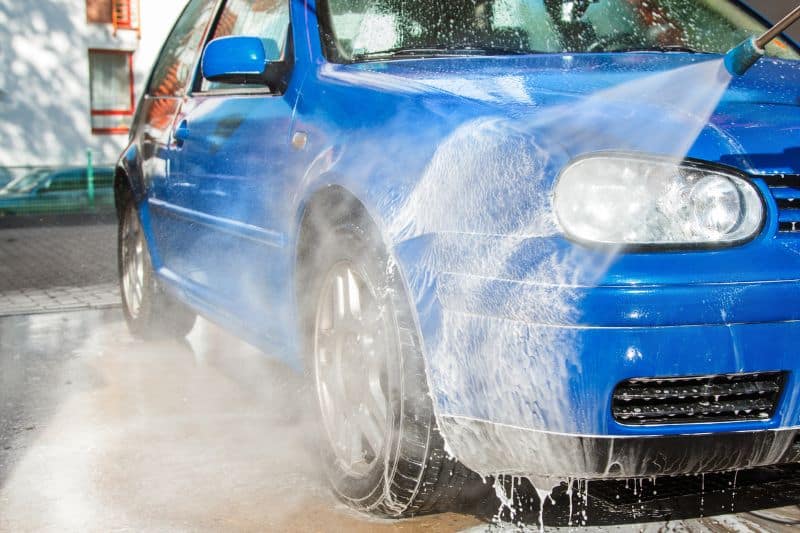
18. Reuse the Water Used for Washing Your Car
When washing the car, it can be done so that the water drains into the lawn instead of being directed down the drain. Soapy water cannot harm the grass. So, moving the car very close to the lawn before washing it is an impressive technique for saving the clean water that would have been used to water the grass.
